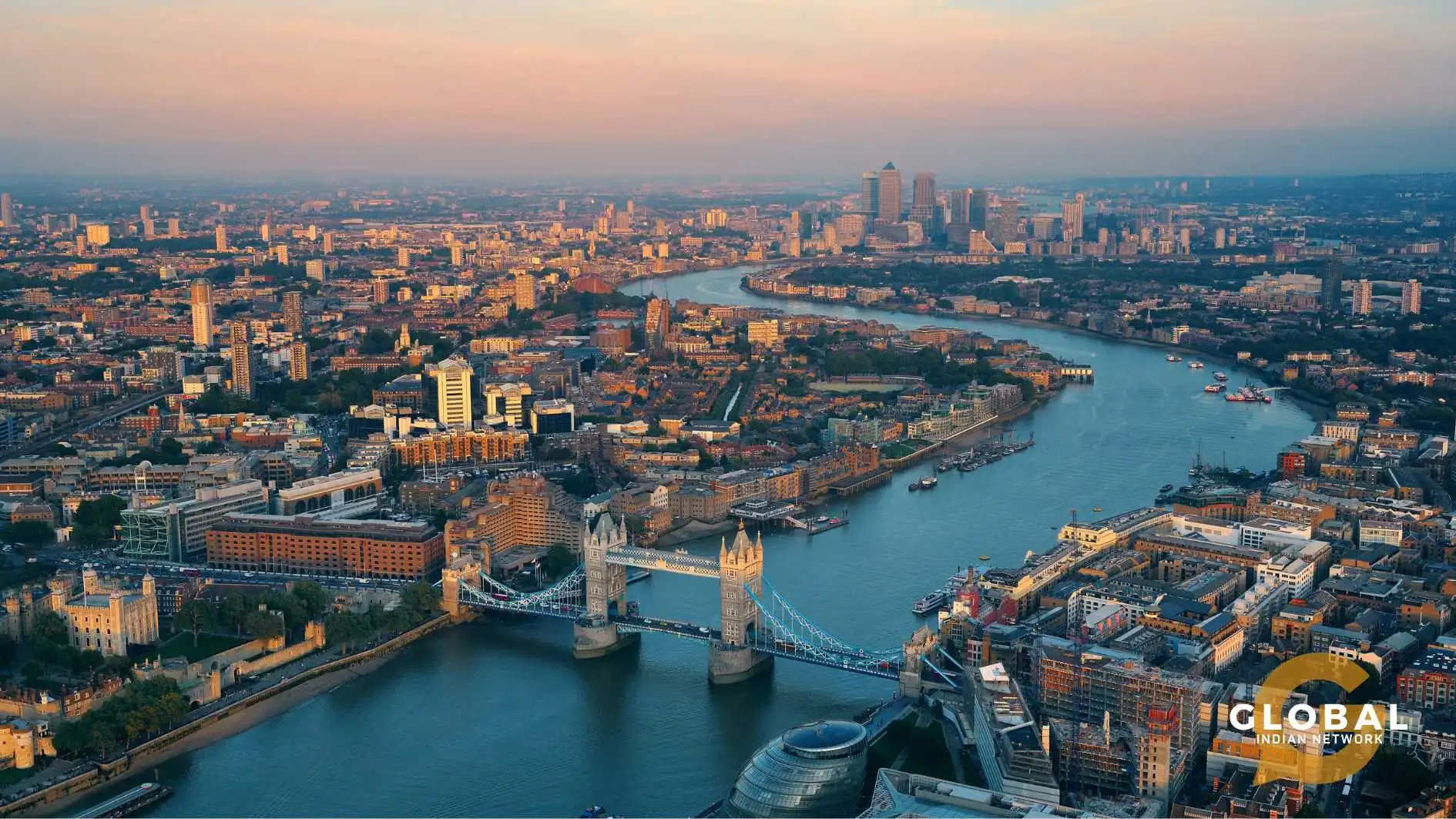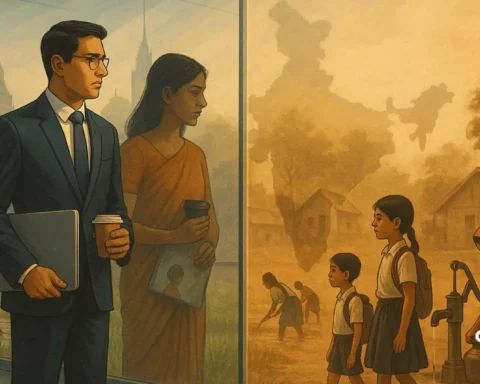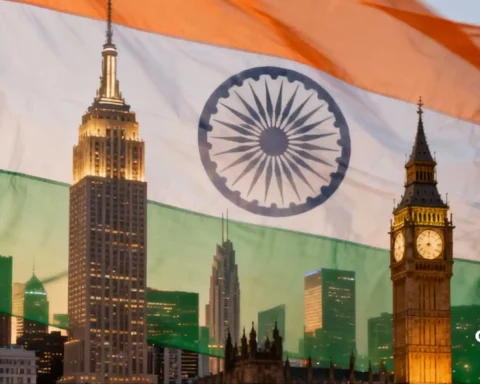It’s one of those headlines that stops you in your scroll. Indians now own the most homes in London, not the most by foreigners and not the most among Asians, more than the English, more than any other ethnic group in the city. It’s not just a real estate update; it’s a symbol of something much bigger. It is a quiet but powerful reversal of roles. A twist in the tale of colonial history, 77 years after India gained independence from Britain.
The Numbers Behind the Buzz
The report, released by Barratt London, a major UK-based property developer, reveals that Indians, spanning British citizens of Indian descent, recent immigrants, wealthy NRIs (Non-Resident Indians), and foreign investors, collectively make up the largest group of homeowners in London today, surpassing even the native-born Britishers. The reactions online were swift, witty, and loaded with history.
“Colonise you right back,” tweeted one user. “It’s karma,” wrote another. “They looted our land for 200 years. Now we’re just buying theirs—with paperwork and property lawyers.” Another post read, “Imagine telling Queen Victoria this would happen in 2024.”
Why Are Indians Buying Up London?
This isn’t an overnight phenomenon. Indians have been steadily investing in London property for years; however, several factors have recently accelerated the trend.
Refuge from Investment
As the rupee fluctuates and Indian property markets become more saturated or volatile, high-end Indians turn towards the West. London offers predictable returns, rental yields, and long-term value appreciation, particularly in luxury and prime locations.
Education as a Gateway
Parents of students who are moving into London’s elite universities are now purchasing apartments rather than renting. It’s not convenient; it’s a long-term plan. If the student remains after graduation or the family occupies the property during vacations, it pays.
The Emotional Factor
There is also a cultural cache of owning property in London. For the upwardly mobile Indian middle class, particularly those with a historical memory of the British Raj passed down through generations, purchasing a piece of the Heartland of the Empire has an emotional significance.

Not Just Billionaires
Nevertheless, headlines love to highlight the mega-purchases: Adar Poonawalla‘s £138 million mansion in Regent’s Park, Mukesh Ambani’s sprawling Stoke Park estate with a golf course, or Ravi Ruia‘s lavish buy of Hanover Lodge. But most Indian homeowners in London aren’t billionaires. Many are working professionals, second-generation British Indians, and families pooling money together for a flat in Harrow or Brent. For them, it’s less about luxury and more about legacy, a promising investment, a future base, or a foothold in one of the world’s most expensive cities. And that’s what makes this story even more remarkable. It’s not a single tycoon buying a palace. It’s a community rewriting its place on the map.
A Viral Moment with Historic Undertones
On social media, the response to the news went beyond just pride or humour. There was reflection, a bit of irony, and even some scepticism. “Wait, does this mean in number of homes or total value? Square footage? Need clarification,” one user posted. Others debated whether these purchases were driving up property prices and making London even more unaffordable, a concern that many Londoners already struggle with. It’s a rational observation, and it indicates just how complex the subject is. This isn’t about who’s got what; this is about belonging, access, and control in the globalised economy, and the symbolism is impossible to escape.
From Subject to Stakeholder
For centuries, Indians were subjects of the British Empire, with little say in how they were governed or how their land was taken. Today, their descendants, directly or indirectly, are walking into the very heart of London, not as subjects but as stakeholders. They’re not taking over. They’re buying in. And they’re doing it with contracts, mortgages, and market savvy in a reinvestment manner.
This shift doesn’t erase colonial history, nor does it make up for the violence and exploitation of the empire. But it does mark something profound: the transformation of a people once stripped of ownership, now becoming owners in the very city that once ruled them. It’s about pride but also pragmatism. And for many Indians watching this unfold from back home or the diaspora, it’s a reminder that global influence isn’t always loud. Sometimes, it looks like signing a lease, closing on a townhouse, or walking your child through the front door of a flat you own in London. This is not just about surviving history but about making a new history.










